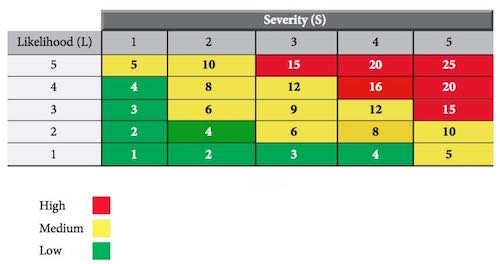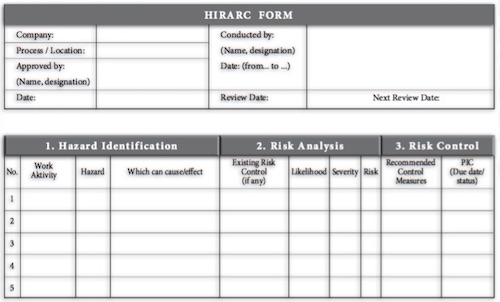Personal protective equipment (PPE) and clothing is used when other controls measures are not feasible and where additional protection is needed. Workers must be trained to use and maintain equipment properly. The employer and workers must understand the limitations of the personal protective equipment. The employer is expected to require workers to use their equipment whenever it is needed. Care must be taken to ensure that equipment is working properly. Otherwise, PPE may endanger a workers health by providing an illusion of protection.
Personal protective equipment means any equipment which is intended to be worn or held by a person at work and which protects him against one or more risks to his health or safety and any additional accessory designed to meet that objective;
PPE is usually chosen to provide protection appropriate to each of type of hazard present. There are specifications for the types of PPE used for protecting an individual’s head, eyes, footwear, limb and body, re retardant clothing, respiratory, hearing, and personal flotation devices.
It may also include required apparel for example when traffic hazards are present high visible and distinguishable “vests must be worn”.
Personal protective equipment means any equipment which is intended to be worn or held by a person at work and which protects him against one or more risks to his health or safety and any additional accessory designed to meet that objective;
PPE is usually chosen to provide protection appropriate to each of type of hazard present. There are specifications for the types of PPE used for protecting an individual’s head, eyes, footwear, limb and body, re retardant clothing, respiratory, hearing, and personal flotation devices.
It may also include required apparel for example when traffic hazards are present high visible and distinguishable “vests must be worn”.












